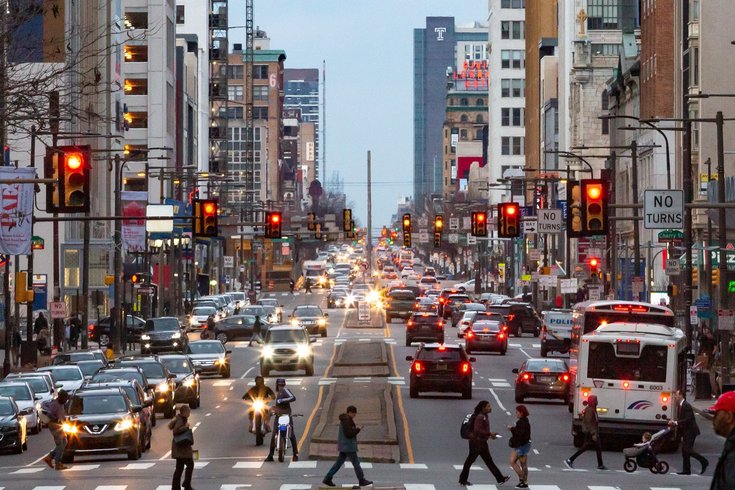One thing we are learning is that the concept of gathering in congested urban confusion is neither desired nor practical as the current trend of teleworking urban exodus is seeing the workforce relocating from the metropolitan rat race in cities like San Francisco, Los Angeles, Seattle, New York, and Boston to rural areas and the countryside, where life is more safe, sane, manageable, meaningful, and less expensive.
Currently, most workers who are telecommuting and working from home in the city, are contemplating the move to outlying geographical areas, even though they are not comfortable with the idea of making the move due to fear that they will be displaced when we return to normal.
The truth is “normal,” the relationship of the pre-pandemic workforce has changed forever. We will never return to things as they were because our whole world and its economy have gone through a major transformation. What exactly the emerging world will look like post-pandemic will look like, we don’t know, but for certain, this “new normal” will be vastly different from the pre-pandemic world we once knew and had adapted ourselves to. It is gone.
Yet, there is this underlying fear that has some COVID-19-restricted teleworkers concerned, asking, “What if we move out of town, only to find that we have to move back?” Regardless, so many people are making the move, after confirming that they can continue to work post-pandemic by telecommuting and working from home.
The most important attribute when considering a new rural location to relocate to is now the issue of connectivity. The communities who already have or are building a strong information network to accommodate this migration of teleworkers are seeing their populations grow and economies expand by welcoming the new Internet-powered employees who require a high-speed connection to take full advantage of local resources.
This is the new sustainable working model that is emerging from the rubble of the coronavirus outbreak.
When I think back to the events of 9/11, I can see how this new normal can be highly beneficial in protecting our workers from a single terrorist attack. With the workforce dispersed widely across the nation or even the globe, it can make any company nearly impervious to any single targeting effort.
Employers who embrace the telecommute working model are thriving because they have access to a wider potential employee database that is unrestrained by geographic limitations and a far lower cost to court and maintain an effective workforce.
The teleworking urban exodus continues to expand
Empowered employees are bargaining with their employers and are able to negotiate, leading with their intention to move to a more distant location, as they are able to say, “I am moving to” (insert location), “and I would like to keep my job.” And employers are eager to accept this new arrangement amidst the emergence of this sustainable work model.
And if you haven’t decided where you might relocate to, you might consider moving to Tulsa, Oklahoma. They are offering a $10,000 cash grant to remote working techies who are willing to relocate to Tulsa and stay for at least a year.
But wait! There’s More: Besides the $10K in cash, Tulsa also supplies you with free workspace, opportunities for community meetups, hangouts, and housing discounts as well. For more information, check out TulsaRemote.com.
So, if you are thinking about telecommuting, moving, or moving your job to an online type of working arrangement, now is the time to take advantage of this new opportunity.
